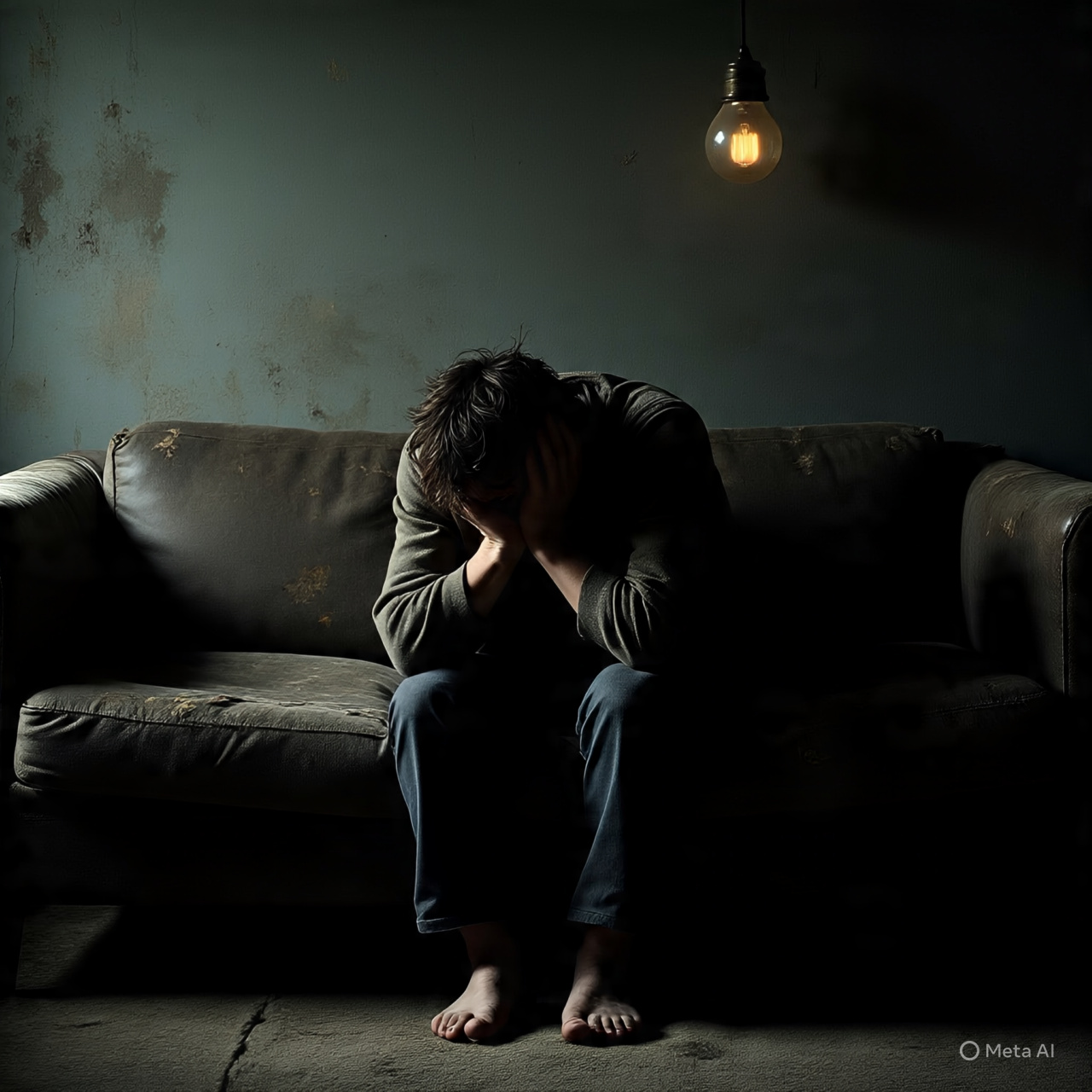Understanding Symptoms, Causes, and Paths to Healing
Depression is a pervasive mental health disorder affecting over 300 million people worldwide, causing immense emotional pain, suffering, and disruption to daily life.
What is Depression?
Depression, also known as major depressive disorder, is characterized by persistent feelings of sadness, hopelessness, and loss of interest in activities once enjoyed.
Symptoms of Depression:
1. Emotional Symptoms:
– Persistent sadness or emptiness
– Irritability or mood swings
– Loss of interest in hobbies or social activities
– Feelings of guilt, shame, or worthlessness
2. Physical Symptoms:
– Changes in appetite or sleep patterns
– Fatigue or low energy
– Headaches or muscle pain
– Digestive problems
3. Behavioral Symptoms:
– Social withdrawal or isolation
– Decreased productivity or performance
– Increased substance abuse
– Suicidal thoughts or behaviors
Causes and Risk Factors:
1. Genetics: Family history plays a significant role.
2. Brain Chemistry: Imbalances in neurotransmitters like serotonin.
3. Life Events: Trauma, abuse, loss, or major changes.
4. Medical Conditions: Chronic illnesses, pain, or sleep disorders.
5. Personality Traits: Low self-esteem, pessimism, or perfectionism.
Paths to Healing:
1. Counseling: Talk therapy with a licensed therapist.
2. Medication: Antidepressants or mood stabilizers.
3. Lifestyle Changes: Regular exercise, healthy diet, and sleep habits.
4. Support Groups: Joining groups for shared experiences and connection.
Anxiety: The Hidden Struggle
Understanding Symptoms, Causes, and Paths to Calm
Anxiety is a pervasive mental health disorder affecting over 40 million adults in the US alone, causing excessive worry, fear, and nervousness that interferes with daily life.
What is Anxiety?
Anxiety disorders encompass various conditions, including generalized anxiety, panic disorder, social anxiety, and phobias, characterized by persistent and overwhelming feelings of fear or apprehension.
Symptoms of Anxiety:
1. Emotional Symptoms:
– Excessive worry or fear
– Restlessness or feeling on edge
– Irritability or mood swings
– Avoidance of situations or places
2. Physical Symptoms:
– Rapid heartbeat or palpitations
– Sweating or trembling
– Nausea or abdominal discomfort
– Headaches or muscle tension
3. Behavioral Symptoms:
– Difficulty concentrating or sleeping
– Procrastination or avoidance behaviors
– Substance abuse or self-medication
– Social withdrawal or isolation
Causes and Risk Factors:
1. Genetics: Family history plays a significant role.
2. Brain Chemistry: Imbalances in neurotransmitters like serotonin.
3. Life Events: Trauma, abuse, loss, or major changes.
4. Personality Traits: Perfectionism, low self-esteem, or pessimism.
5. Medical Conditions: Chronic illnesses, pain, or sleep disorders.
Paths to Calm:
1. Counseling: Talk therapy with a licensed therapist.
2. Medication: Anti-anxiety medications or antidepressants.
3. Relaxation Techniques: Yoga, meditation, or deep breathing exercises.
4. Lifestyle Changes: Regular exercise, healthy diet, and sleep habits.
5. Support Groups: Joining groups for shared experiences and connection.
The Weight of Unhappiness
Understanding Causes, Symptoms, and Paths to Joy
Unhappiness affects millions worldwide, causing emotional pain, stress, and dissatisfaction with life.
Causes of Unhappiness:
1. Unrealistic Expectations: Idealized views of life, relationships, or self.
2. Negative Thought Patterns: Persistent pessimism, criticism, or rumination.
3. Trauma or Stress: Past experiences, abuse, or ongoing pressure.
4. Lack of Purpose: Feeling unfulfilled, without direction or passion.
5. Toxic Relationships: Abusive, neglectful, or draining connections.
6. Poor Self-Care: Neglecting physical, emotional, or mental well-being.
7. Comparison to Others: Envy, jealousy, or feelings of inadequacy.
Symptoms of Unhappiness:
1. Persistent sadness or emptiness
2. Loss of interest in activities once enjoyed
3. Changes in appetite or sleep patterns
4. Fatigue, low energy, or motivation
5. Irritability, mood swings, or anger
6. Social withdrawal or isolation
7. Feelings of hopelessness or despair
Paths to Joy:
1. Self-Reflection: Identifying and challenging negative thoughts.
2. Gratitude Practice: Focusing on blessings and positive aspects.
3. Mindfulness: Living in the present moment, without judgment.
4. Positive Relationships: Nurturing supportive connections.
5. Purpose Discovery: Exploring passions and meaningful activities.
6. Self-Care: Prioritizing physical, emotional, and mental well-being.
7. Professional Help*: Seeking therapy or counseling when needed.



